If you’re looking to spend more time in your backyard during the summer then proper lawn drainage is a must — unless you enjoy the idea of setting your foot in a patch of mud every time you want to get to your deck or patio. Improper irrigation can lead to a variety of problems, from turning your backyard into a swamp as a result of standing water after rain to attracting a whole bunch of insects that settle in your landscape as a result of the moisture. Too many homeowners wrongly believe that drowning their plants in water is going to make a more fertile and vibrant landscape, but, as with most things in life, too much of anything is not good.
Luckily, there are backyard drainage solutions to help you fix irrigation problems and get your lawn the perfect balance between dry and wet. A good place to start is to keep track of how many times you water your lawn throughout the week. While there is no set number of times you can water your landscape, the golden rule of thumb is to give your lawn a good watering two to three times a week. On hotter days in the summer, this number may need to be higher.
By contrast, during the wetter months, you may need to water less often. However, if you notice it takes a long time for the water to dry up between each watering, there may be a problem with your soil. Some types of soil can retain moisture and don’t allow it to spread throughout the landscape. This is usually the result of the soil containing too much clay, which keeps the water from flowing. You may need to change up the soil in its deeper layers and replace it with something more grainy, such as sand. This will allow water to get to the deeper areas of your landscape, preventing it from pooling up.
Scalping Your Lawn
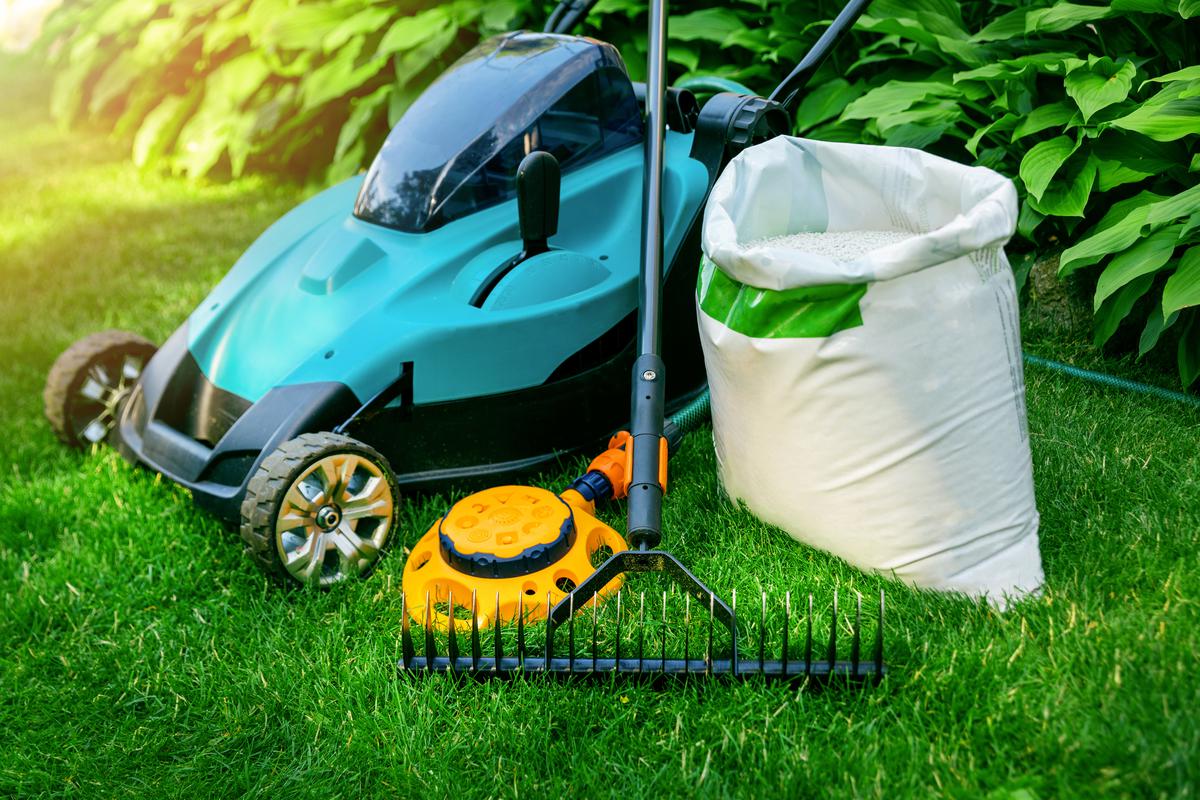
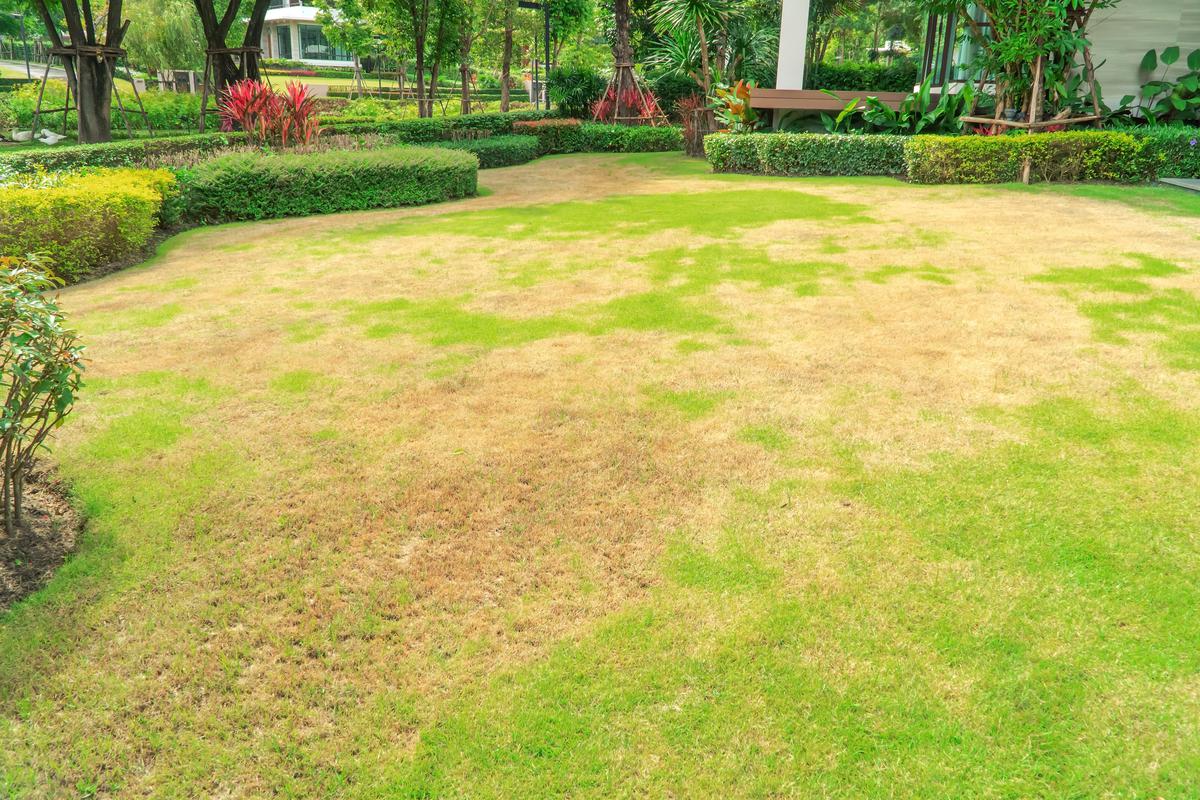
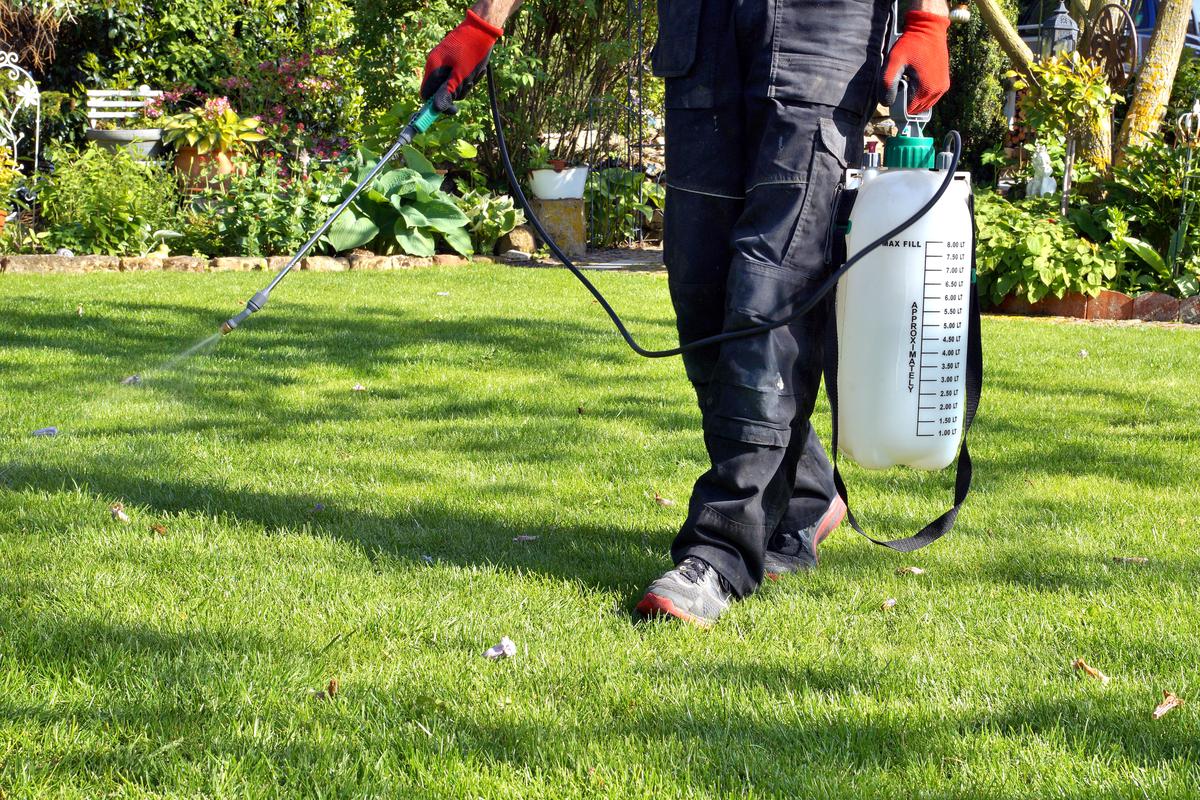
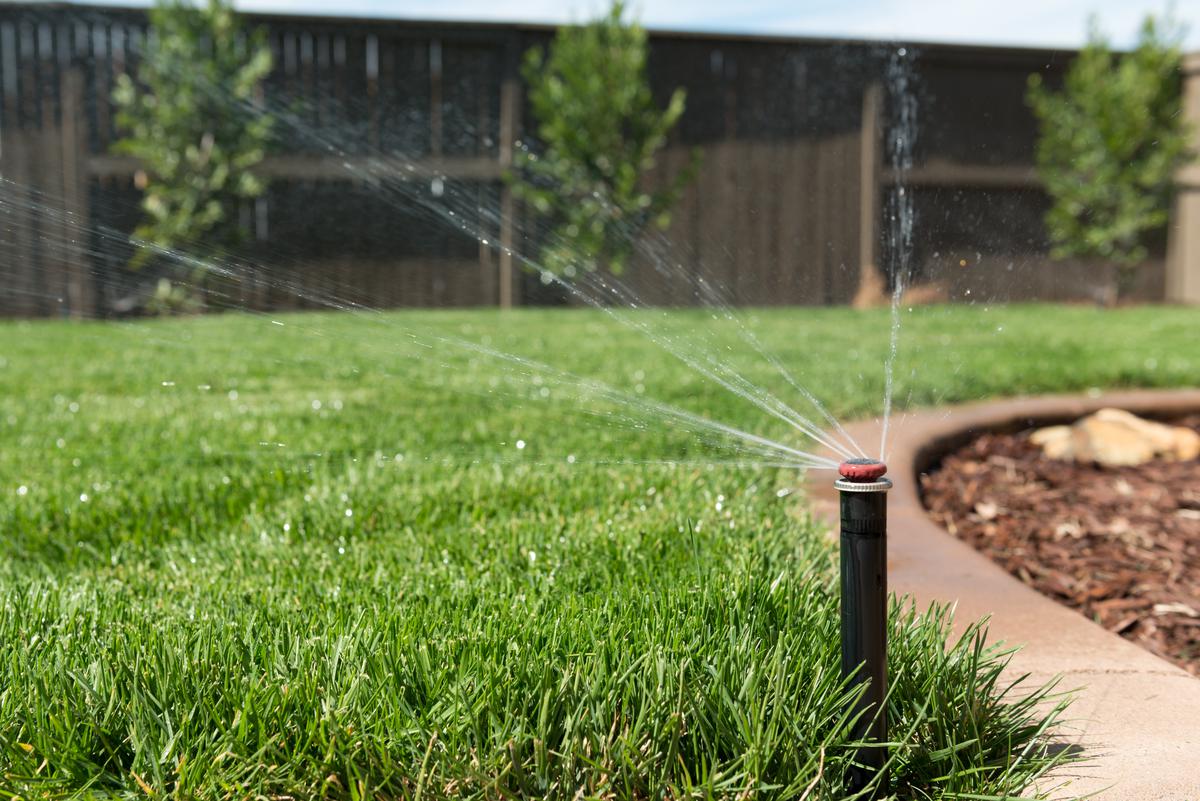


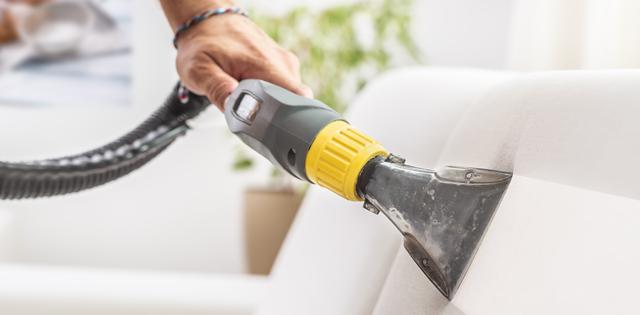


comments